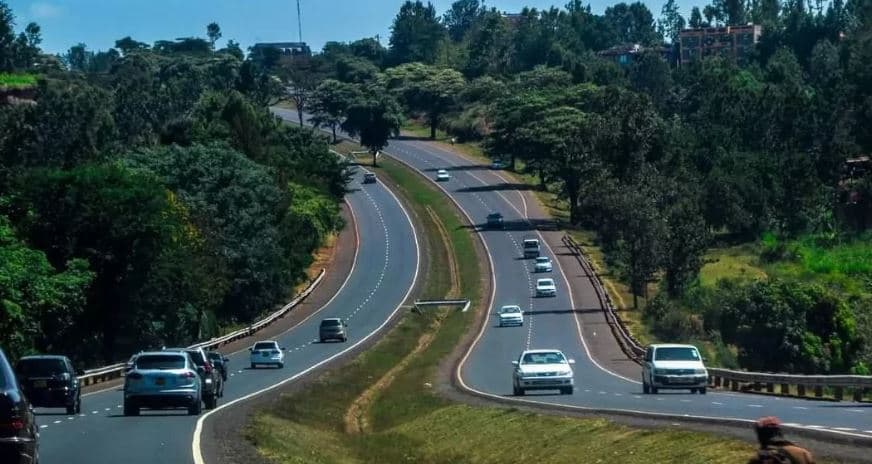We're loading the full news article for you. This includes the article content, images, author information, and related articles.
The National Treasury has clarified the public-private partnership terms for the strategic Rironi-Nakuru-Mau Summit highway, confirming a user-pays toll model for the 30-year concession. The project is critical for the Northern Corridor but raises concerns over transport costs for Kenyans.

NAIROBI, Kenya – The National Treasury has moved to clarify the ownership and financing structure of the critical Rironi–Nakuru–Mau Summit highway project, assuring the public that the road will remain a wholly-owned state asset despite being developed under a Public-Private Partnership (PPP) model. The clarification comes amid public debate over the project's cost and the introduction of tolling on one of Kenya's most vital economic arteries.
In a detailed statement issued on Sunday, October 26, 2025, the Director-General of the PPP Directorate, Eng. Kefa Seda, explained that the PPP framework allows Kenya to leverage private capital and expertise for the massive infrastructure undertaking without further straining the national budget or increasing public debt. “This highway is a strategic national asset and remains under the full ownership and jurisdiction of the Government of Kenya,” Eng. Seda stated, emphasizing that the model is a financing mechanism, not a privatization of national infrastructure.
Under the terms of the 30-year concession, a private partner will design, finance, construct, operate, and maintain the highway. At the end of this period, all operational responsibilities will revert to the government through its designated agencies. The government retains full regulatory control and step-in rights throughout the concession to protect public interest in the event of non-performance by the private operator.
The decision to adopt the PPP model is driven by significant fiscal constraints. According to the Treasury, Kenya's road sector requires an estimated KSh 4 trillion over the next decade for maintenance and new development, an amount unattainable through taxes and traditional borrowing alone. The PPP user-pay model is presented as a sustainable alternative to fund such large-scale projects.
The Kenya National Highways Authority (KeNHA) has identified a consortium of the China Road and Bridge Corporation (CRBC) and the National Social Security Fund (NSSF) as the preferred bidder for the project. While final negotiations are ongoing, disclosures indicate a proposed base toll rate of KSh 8 per kilometre for passenger cars, with an annual escalation of one percent. This rate is significantly lower than the KSh 22 per kilometre charged on the Nairobi Expressway. Heavy commercial vehicles will be subject to a different, higher tariff scale.
The tolling framework will be governed by the draft National Tolling Policy 2025. Key provisions include:
Crucially, KeNHA has confirmed that the existing A8 road will be preserved as a toll-free alternative, ensuring that no motorist is forced to pay to travel the route.
The Rironi-Nakuru-Mau Summit highway is a cornerstone of the Northern Corridor, a trade route that handles nearly 40% of Kenya's trade traffic and serves as a gateway to landlocked nations including Uganda, Rwanda, and South Sudan. The project involves upgrading 175km of the road to a four-lane dual carriageway and strengthening the 58km Rironi-Naivasha section. The upgrade is expected to slash travel times, reduce vehicle operating costs, and improve safety on a road notorious for congestion and accidents.
The project, estimated to cost between KSh 180 billion and KSh 200 billion, is expected to create thousands of jobs during its construction phase, which is anticipated to begin in 2026 and last approximately two years. However, concerns remain among the public and transport sector stakeholders about the long-term economic impact of the tolls on the cost of goods and public transport. The government has committed to public participation and parliamentary oversight before the final agreement is signed and its details, including the final toll rates, are made public.
Keep the conversation in one place—threads here stay linked to the story and in the forums.
Other hot threads
E-sports and Gaming Community in Kenya
Active 6 months ago
Popular Recreational Activities Across Counties
Active 6 months ago
The Role of Technology in Modern Agriculture (AgriTech)
Active 6 months ago
Investing in Youth Sports Development Programs
Active 6 months ago